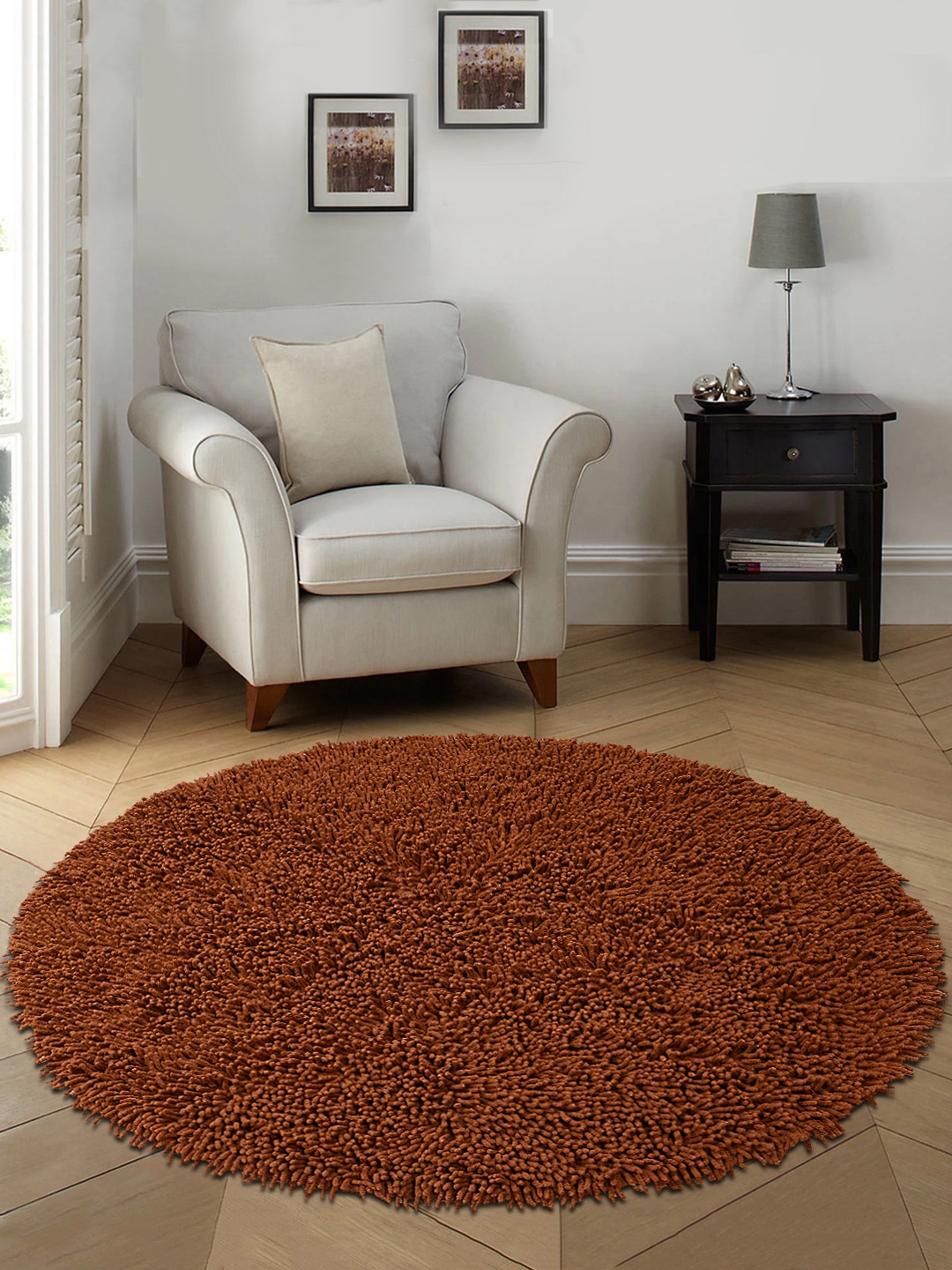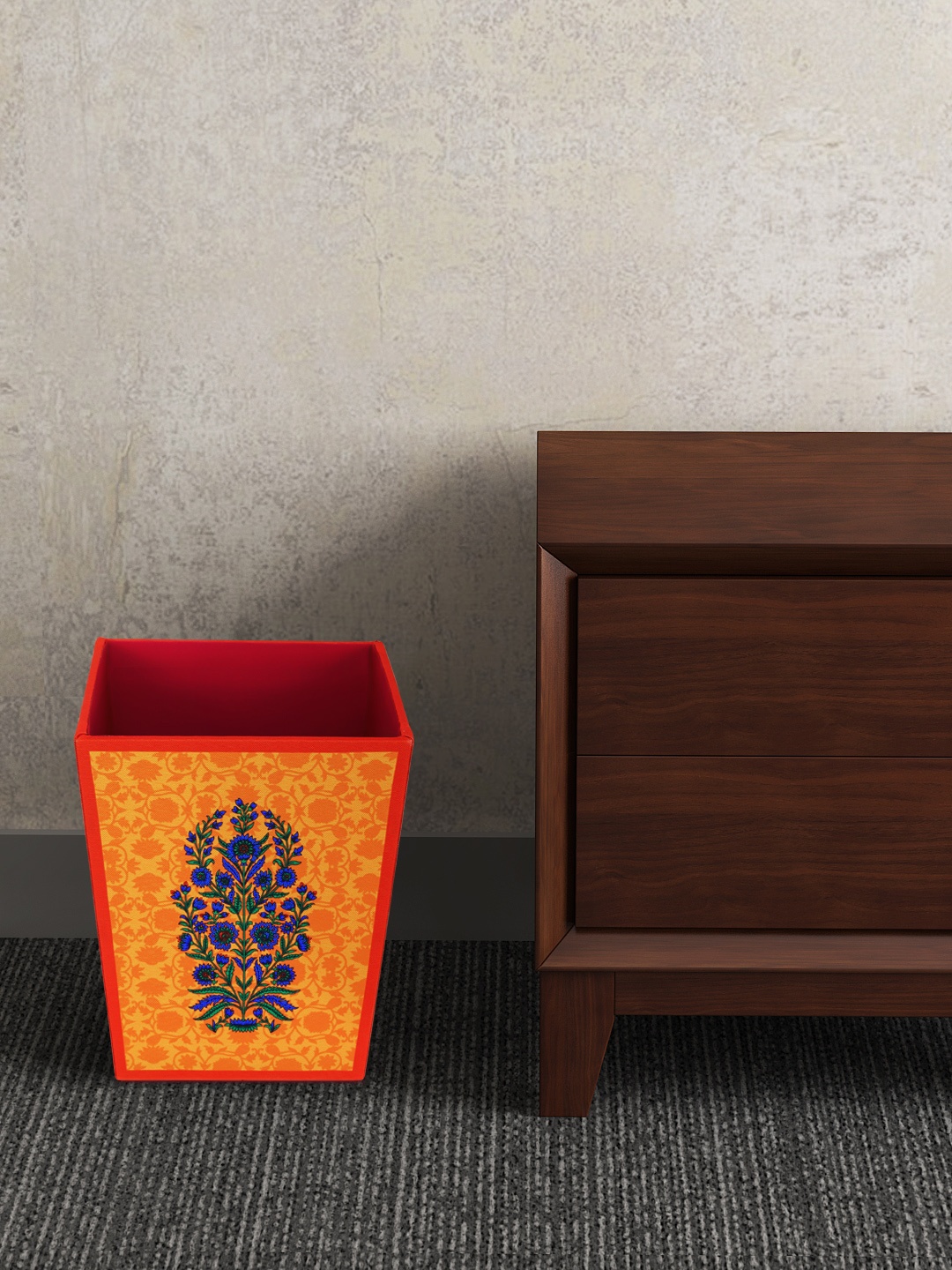From Summer's Heat To Winter's Chill: Choosing The Right Bedsheet Fabric For Every Season
From the sweltering summer heat to the damp monsoon chill, here is how to pick the perfect bedsheet fabric for year-round comfort in India.

How To Choose The Best Bedsheet Fabric For Every Season
The weather isn't just a backdrop, it often dictates how we live, what we wear, and even how we sleep. When it comes to bedding, especially bedsheets, choosing the right fabric according to the season isn't just about aesthetics. It's about comfort, breathability, and climate adaptability. With summer still in full swing across much of the country and the monsoons creeping into coastal regions, it's a great time to reassess your closet.
And it is now easier on the pockets than ever to reassess your closet because Myntra End of Reason Sale, starting from Friday, May 30, will be offering exclusive deals on bed sheets and soft furnishings from some of the well-known brands. For starters, the sale will be offering premium double bedsheets from Raymond Home starting at ₹399 only. Meaning, you can make your home luxurious at the price of a fancy top you picked off the shelf last season.
Also Read: Smart Laundry Picks For Compact Living: Explore 10 Laundry Bags Options For Small Apartments
Summer
For most parts of India, summer means relentless heat. As fans and air-conditioners run round the clock, the fabric you sleep on can still be the difference between a restful night and a sweaty toss-and-turn marathon.
Cotton continues to be the most reliable pick. Lightweight and breathable, it absorbs moisture and allows heat to escape. If you prefer a crisp texture, go for percale weave cotton; if a slightly softer, luxurious feel is what you enjoy, sateen weave might suit you better. Linen, though slightly coarse at first touch, performs incredibly well in dry, hot climates thanks to its natural ability to wick moisture. For those looking for a more advanced option, microfibre is increasingly popular- it's smooth, naturally antibacterial, and cooler than cotton, making it ideal for peak summer heat.
Avoid synthetic materials like polyester or poly-blends during this time, as they trap heat and can leave you feeling hot and sticky.
Monsoon
As the southwest monsoon begins its descent on the peninsula coastline, it brings a different kind of challenge- humidity. Even if the temperature drops, the moisture in the air can make bedsheets feel damp and heavy.
During monsoon, your focus should be on moisture-wicking, quick-drying fabrics. Tencel (also known as Lyocell) is a smart choice. It's derived from wood pulp and has a silky smooth finish that stays breathable even on humid nights. Cotton remains a strong contender, provided it's washed and sun-dried properly. Sheets that don't dry well can develop a musty odour or even harbour mildew.
Make it a habit to rotate and air out your sheets more frequently during the monsoon to keep them fresh.
Autumn
Though brief, autumn in India feels like a moment of balance between extremes. With temperatures easing and humidity retreating, it's the perfect time to experiment with slightly heavier fabrics without risking discomfort.
Sateen cotton shines in this season, it's smoother and slightly warmer than percale, ideal for transitional months. You can also experiment with silk-cotton blends, which offer the softness of silk while retaining the breathability of natural fibres. These blends feel gentle on the skin and add a touch of indulgence to your bedding.
Winter
While southern states may only feel a mild chill, winters in northern and Himalayan regions can be intense. This is when your bedding needs to do more than just look good, it needs to insulate.
Flannel cotton is perfect for colder climates. It's brushed to feel soft and warm to the touch, and traps body heat without becoming too heavy. Another great option is jersey knit bedsheets, which feel like your favourite worn-in T-shirt- cosy, stretchy, and incredibly comforting. For those who want warmth on a budget, brushed microfiber offers a soft touch and insulation, though it's not as breathable as natural fibres.
During winter, avoid overly crisp or light fabrics like linen or low-thread-count percale, they may feel too cold against the skin.
Just as you wouldn't wear the same outfit in January and June, your bedsheets should reflect seasonal needs too. Keep a rotation of breathable summer sheets, moisture-resistant monsoon options, and warm, snug winter linens. Pay attention to weave, care instructions, and fabric blend, not just thread count or colour.
Products Related To This Article
1. Raymond Home Pink Spill And Stain Repellent Cotton Satin Finish King Bedsheet
2. Raymond Home Insignia Taupe And Beige Printed Microfiber Queen Bedsheet
3. Raymond Home Insignia Grey Printed Microfiber Queen Bedsheet Set
4. Raymond Home Hazel White And Pink Printed Microfiber Queen Bedsheet Set
5. Raymond Home Insignia Pink And Green Printed Microfiber Queen Bedsheet
6. Raymond Home Shubham Cream Geometric Printed Cotton King Bedsheet
7. Raymond Home Camphor Peach Floral Printed Cotton Queen Bedsheet
8. Raymond Home Hazel Purple And Pink Floral Printed Queen Bedsheet
Frequently Asked Questions (FAQs)
1. What is the best bedsheet fabric for hot and humid climates?
Cotton and bamboo viscose are best suited for hot and humid weather due to their breathability and moisture-wicking properties.
2. Can I use flannel sheets during Indian winters?
Yes. Flannel is an excellent option for colder parts of India, especially in the north and hill stations. It offers warmth without feeling too heavy.
3. Are high thread count sheets better for summer?
Not necessarily. A very high thread count can sometimes trap heat. Instead, choose percale weave cotton with a thread count between 200-400 for optimal breathability.
4. How often should I change my bedsheets during monsoon?
During the monsoon, it's advisable to change your bedsheets every 3-4 days to avoid moisture build-up and maintain freshness.
5. Is linen suitable for Indian weather?
Yes, linen is particularly good for dry summer climates. However, it may feel a bit cool during the winter and doesn't fare well in high humidity unless dried properly.
Sleeping well is a sensory experience, and the right bedsheet can add just the right layer of comfort you didn't know you were missing. So what's stopping you? Cart the luxurious double bed sheet from Raymond Home today.











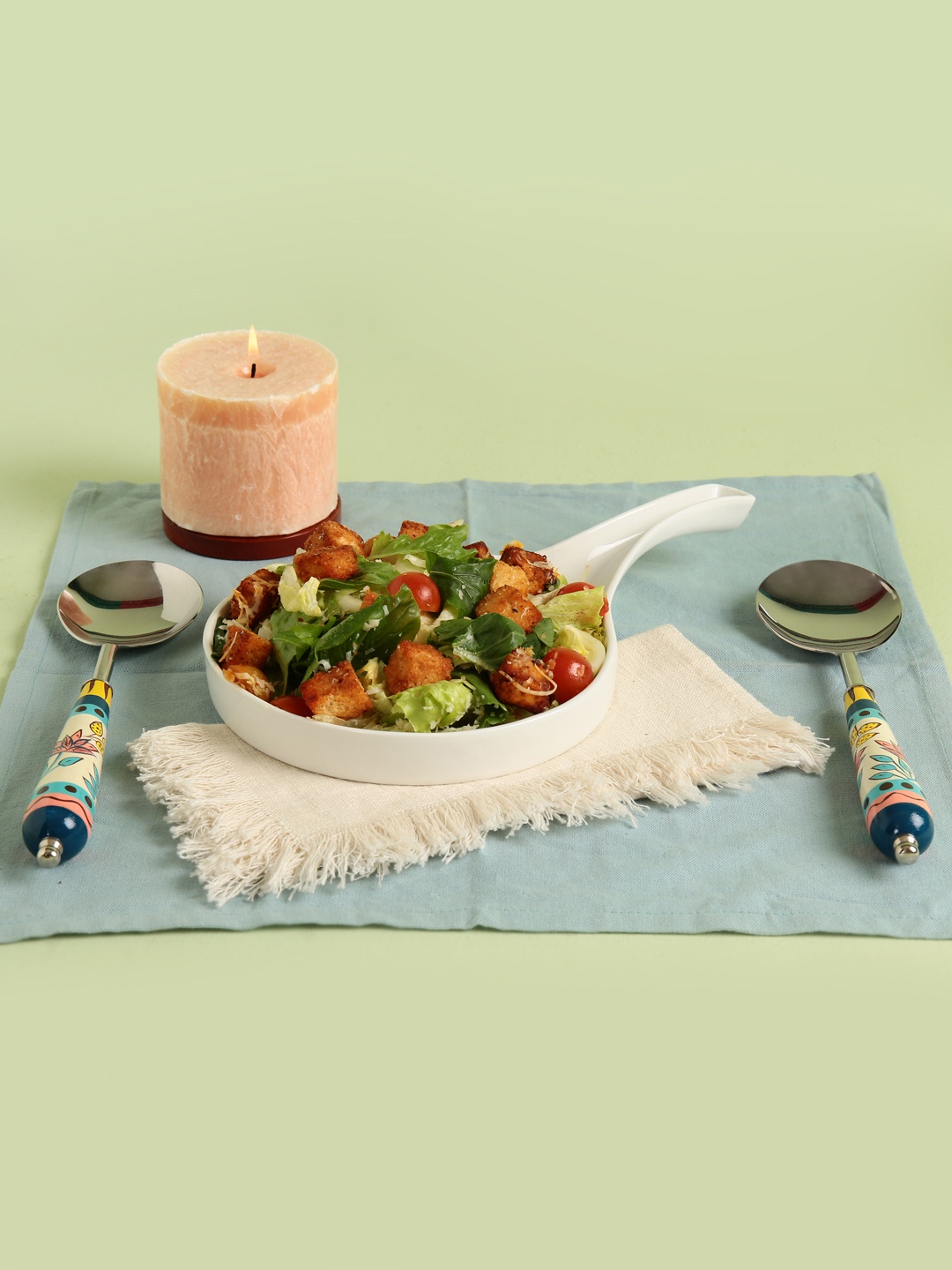


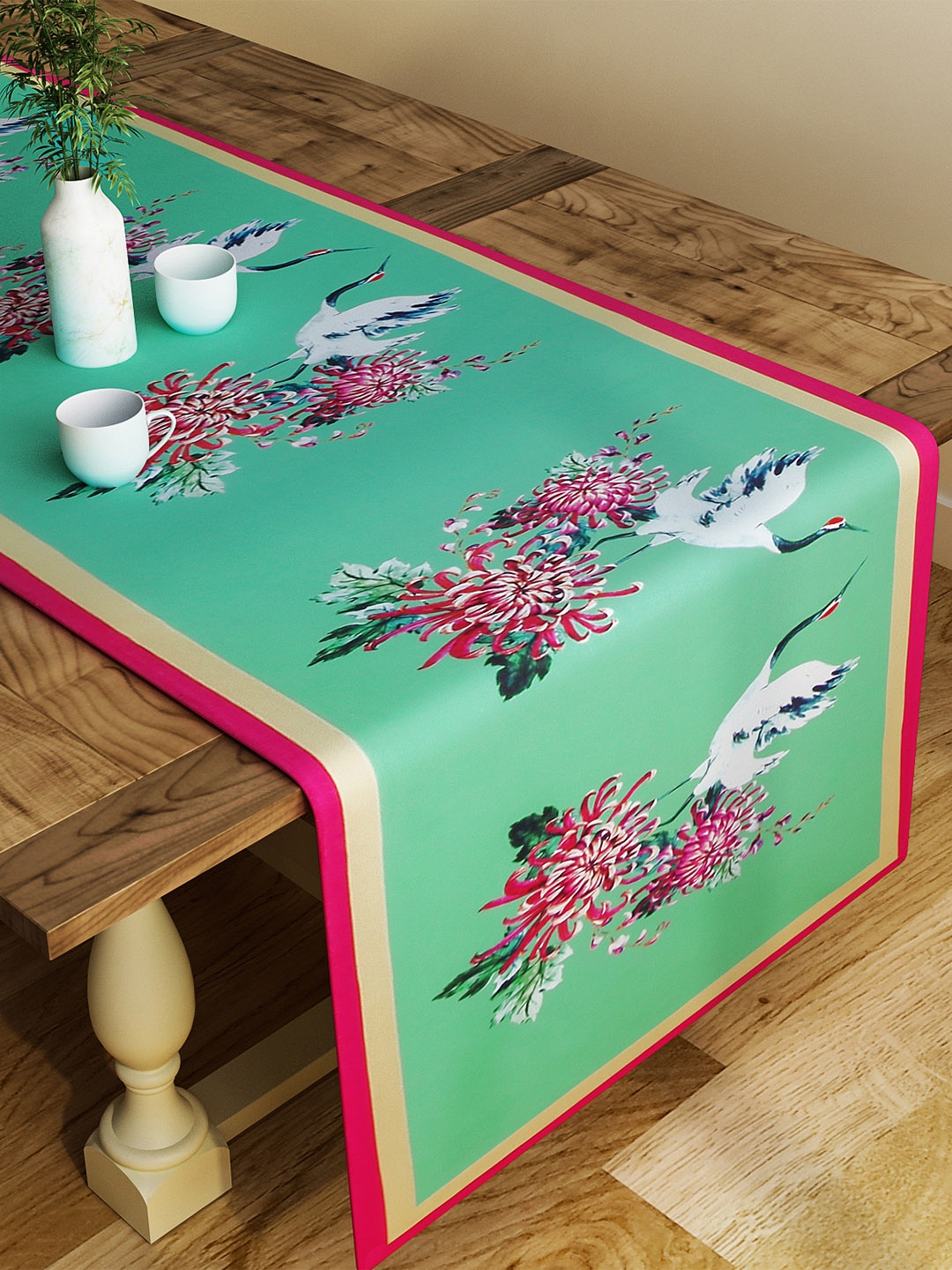



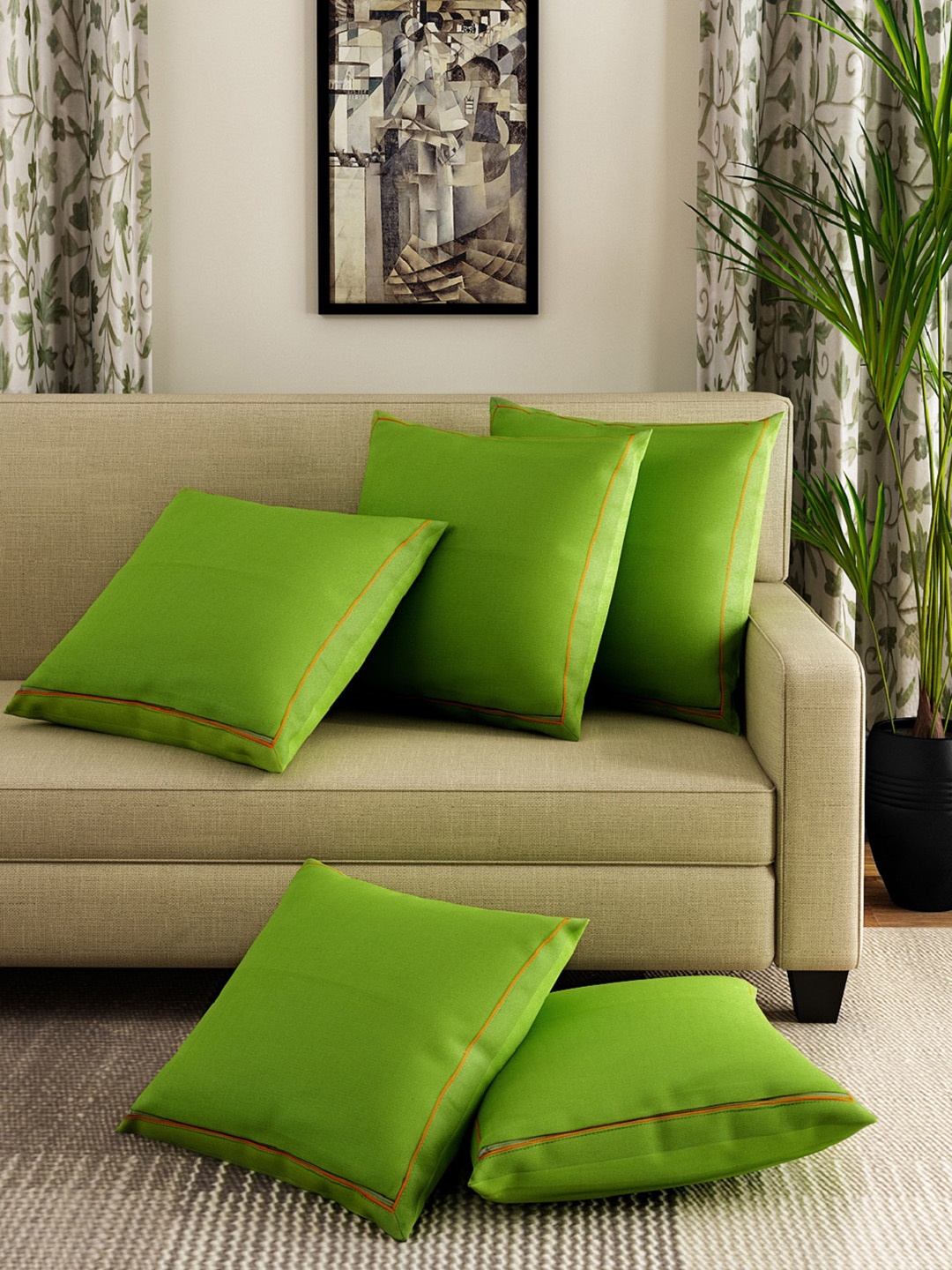

![Steam Iron Teflon Shoe Cover for ES-300,ST-96 [Only For ES-300 and ST-96 Model Electric Steam Irons]](https://m.media-amazon.com/images/I/51wwkttondL._SL160_.jpg)

